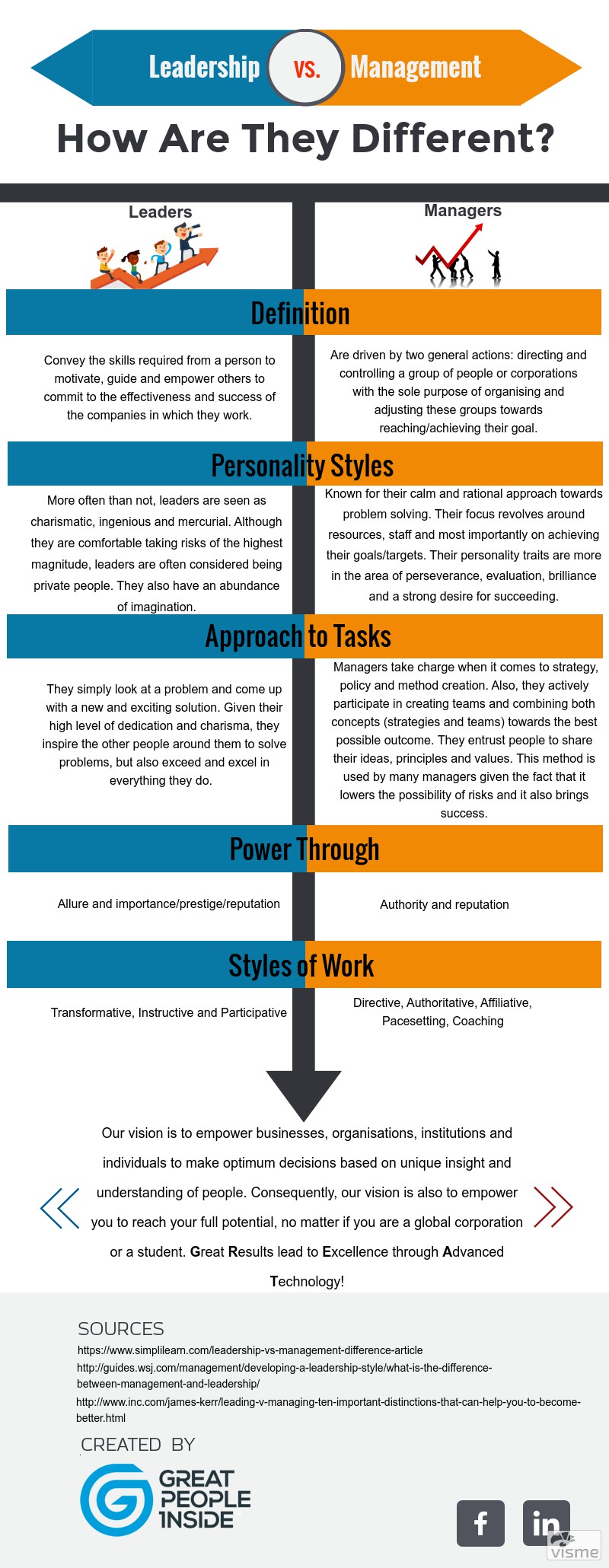Hyperconnectivity – The New Imperative?
Society has reached a stage in which it is impossible for people not to be connected to their devices all the time. Staying in touch has apparently become a social norm due to constant social media updates, imessaging, regular texting, especially for millennials. Maintaining relationships is easier as well with the help of technology such as Skype, Facetime, Google Handouts etc.
In terms of business, technology connectedness has helped people from around the world form companies and makes transactions around the clock. We are walking with powerful “PC’s” in our pockets, almost oblivious about the capabilities we have at our disposal. Large databases are now online through the cloud and that means wherever there is internet, you could access a huge amount of information. News nowadays are being broadcasted on social media as well, while television is slowly losing its credibility and fanbase. All these examples and much more lead to hyperconnectivity. This term not only encompasses the multitude of communication channels and interactions, but it also reveals the impact on a personal and organisational behaviour level.
This has helped create new opportunities and ways of working for companies; regular working hours and locations are now a thing of the past. In the 21st century, everything is digital so it’s absolutely imperative that organisations stay as connected to technology as possible, because every day new techniques and tools are being released in order to improve everything from productivity to employee engagement. HR plays an important role here. Learning about these tools and implement them as naturally and effectively as possible so that they create an advantage for the company.
Although the benefits of hyperconnectivity are more than obvious, HR directors and managers must be able to make employees cope better and better with the new levels of stress and pressure due to this “always on” environment. The best solution for this is the simplest solution, an Occam’s razor really: the real human contact. That is why large corporations always organise team activities and social events, in order to encourage face-to-face human interaction. Although very useful, these types of events fail to create a bond between co-workers from departments which are not directly linked together.
Hyperconnectivity also disrupted the usual flow of a company’s life-span. If back in the 1920s, an organisation had on average 67 years “to live”, nowadays they are around for about 15. The social media industry is the perfect example: first there was Bebo which paved the way for MySpace which was ultimately dethroned by Facebook.
This type of business environment can allow businesses to grow fast and easily find customers, but at the same time, their competitors have access to the same information and ideas, which can prove to be tough to deal with.
It is pretty clear by now that hyperconnectivity is bringing both positives and negatives. Companies can go from rapid development and great productivity to people struggling to understand all these changes and not misuse the information they have acquired. As mentioned above, hyperconnectivity is not only changing the way us people communicate and interact, but also has a continuous involvement in our personal and professional lives. Furthermore, hyperconnectivity has a strong impact on various industries, research foundations, academic organisations, neo-urbanisation, education and healthcare, so it is our duty to understand and make the best out of it.
Finding the right talent, the best fit for the job and your organisation, can be a very challenging task. It requires deep knowledge of your own organisation’s culture and keen understanding of the candidate’s personality, strengths, interests, work style and other characteristics. Our technology and solutions will do the work for you, helping you find employees who can flourish and reach the highest performance required to constantly bring your company forward.
Request a free demo:
Sources:
-HR Weekly
-nhrdnmumb.caiom
-www.itproportal.com






